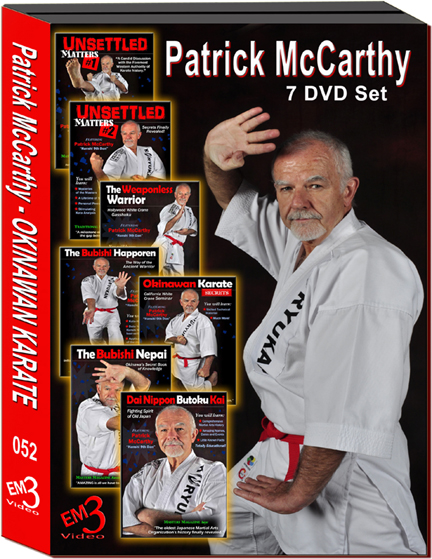Watashi No Karate Jutsu Pdf


MY ART of KARATE by Motobu Choki - Free download as PDF File (.pdf), Text File (.txt). Motobu Choki's1932 'Watashi no Karatejutsu.' Karate ni Sente Nashi: What the Masters Had to Say Mark J. Tankosich * Introduction. Choki Motobu, in his 1932 publication Watashi no karate-jutsu ('My Karate.
Today I was looking through my library, trying to figure out which martial arts books I haven’t read in a while. One of the books I looked through was “Watashi no Karate-jutsu” by notorious Karate pioneer/brawler/scholar, which happens to be one of my favorite books. It’s a great read, containing many gems, and the somwhat rugged personality of Motobu really shines through in some places. The book is seriously a must-read for Karate enthusiasts. But that’s not what I want to write about right now. What I want to write about is Karate’s obsession with ‘stances’, In Japanese known as tachi (or -dachi if preceeded by another word). You see, when I flipped through Motobu’s book today, I noticed something really funny, that has got to do with stances.
In a paragraph entitled “Collection of Sayings by Motobu Choki”, the following can be read: “#34. There are no stances such as neko-ashi-dachi, zenkutsu-dachi or kokutsu-dachi in my Karate. Scada Control Systems. Neko-ashi is a form of “floating foot” which is considered very bad in Bujutsu. If one receives a body strike, one will be thrown off balance.
Zenkutsu and kokutsu are unnatural, and prevent free leg movement.” Now, what do I find funny about this? Nothing in particular. But when you read a few pages further, when Motobu demonstrates some typical old Karate self-defense techniques, something interesting happens. He starts to use stances! Which he, just a few pages back, claimed he doesn’t. Don’t believe me?
Well, see for yourself: An escape from a rear bear hug, with a picture perfect zenkutsu-dachi. I even drew some red lines to make it clearer: If this isn’t a zenkutsu-dachi, then I don’t know what is!
But wait, there’s more. Look at this neko-ashi-dachi, that he apparently “never uses” because it “is considered very bad in Bujutsu” (Okay, so he doesn’t actually lift his front heel, like we do today in our modern form-orientated Sport Karate, but the weight is clearly centered above the back foot, which happens to be the purpose of neko-ashi-dachi) You thought that was all? I’ve actually got one more zenkutsu-dachi (a variation of the first one): And with some red lines: So what’s up with this? Was the great Motobu a lier?!
Fjalor Shqip Frengjisht. Did he write that he “never uses stances”, only to secretly love them? I don’t think so. However, what I do believe is that Motobu often used several different stances (as indicated in the pictures above), but he made a simple mistake that everybody who practises Karate makes now and then. He confused function with form.
Form with function. And from that simple misunderstanding stems the never-ending debate on Karate and its stances. Modern desktop warriors battling on forums, keyboard fighters arguing on websites I mean, you only need a quick Google search to find the following: “[] karate is a joke. Its useage of classical stances and lack of speed make it a very impractical []” – sidekicks 83 Or how about this: [] complex series of impractical stances and poses, are typical of traditional martial arts, and anyone practicing such crap would be killed if he fought a real [] -Defendu I could find so much more, but I wouldn’t want to give them more space on the internet even if they paid me. On the other hand when you think about it, maybe our precious Karate stances really are somewhat impractical. I mean, maybe they are right? You could never execute a swift kick from shiko-dachi, right?
Or how about trying to throw a big, hard, right hand knockout punch from neko-ashi-dachi? Good luck doing that! But here we go again: Acting foolish. Because now we are again, just like Motobu, confusing ourselves with the real purpose and use of the different stances. From the beginning, the function of the technique dictated how the form would look like.